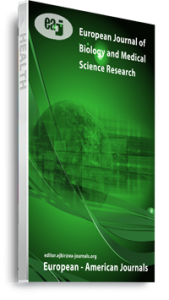In childhood diarrhoea infections worldwide, rotaviruses have been identified as the major cause, leading to hospitalizations and about 20% of all associated diarrhoea death is related to rotaviruses. The rotavirion has a non-enveloped, isocohedrail complex; triple layered capsid structure that surrounds a genome consisting of 11 segments of double- stranded RNA which can be separated by Polyacrylamide Gel Electrophoresis (PAGE). In this study we determined the presence of group A rotavirus by ELISA, and the genomic RNA electrophoretic pattern of 84 children below 5 years visiting the St. Michael’s Hospital in Pramso, Ghana with symptoms of diarrhoea. Of the entire specimen examined 24 (28.6%) tested positive for group A rotavirus by Enzyme Linked Immunosorbent Assay (ELISA) and subsequently subjected to PAGE to determine the electropherotypes. Rotavirus electropherotypes were characterized into long ‘L’ electropherotype (40.9%) and short ‘S’ electropherotype (59.1%). Detailed analysis of the two electropherotypes revealed four minor variants in both the long and short electropherotypes and were classified as LA, LB, LC, LD, SA, SB, SC and SD. The SD electropherotype was the most common electropherotype in circulation (27.3%). This study is the first to present information on electropherotypic distribution of rotavirus strains in Ghana.
Keywords: Diarrhoea, Enzyme Linked Immunosorbent Assay, Polyacrylamide Gel Electrophoresis, Rotavirus, Serotypes.

